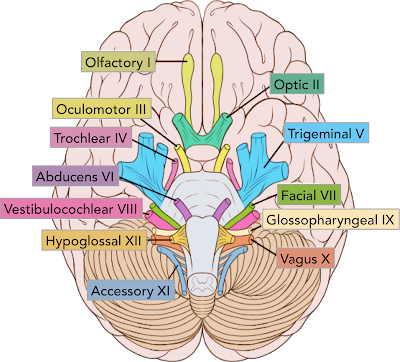Modelling Cancer Using VR
A 3D model of cancer was recently built by scientists in Cambridge, apart of CRUK (Cancer Research UK). It allows us new a whole new perspective on this group of 200 diseases.
With 2D models, cancer cells are cultured on a flat monolayer, and they proliferate at a uniform rate across the surface (which is untrue biologically [i.e. cancer is uncontrolled]), however when 3D cultures were used, differential proliferation was observed, with it occurring more rapidly on the outer surface of the spheroid. This is much more of an accurate representation, and thus would lead to more scientifically-rigorous methods of drug testing which is needed, as an estimated 90% of all promising clinical drugs do not make it past trials, therefore wasting vast amounts of time, money and resources. An example of this would be that, growing cancers in 3D spheroids has shown an increased resistance to chemotherapy treatments compared to the same cancer grown on a monolayer, perhaps due to that the cells on the inside of the spheroid are protected from drug penetration by the cells on the outside.
How it Was Done:
- Researchers start with a 1mm^3 piece of breast cancer tissue biopsy, containing around 100,000 cells
- Thin slices are cut, scanned and then stained carefully (to avoid artefacts) to show their molecular make-up and DNA characteristics
- Tumour is rebuilt using virtual reality
- The 3D tumour can be analysed within a virtual reality lab anywhere in the world - the schematic just has to be sent
Although the human tissue sample was about the size of a pinhead, within the virtual laboratory it could be magnified to appear several metres across.
------------------------------------------------------------------------------
Other limitations of the 2D model apart from method of division include:
- Disturbance of interactions between the cellular and extracellular environments. Research has been done that shows the extra-cellular matrix (ECM) around cells provides more information than the genome itself!. Acinus (milk producing) cells were taken and placed in a culture, where they were just disordered, but when singular acinus cells were placed in an ECM gel, they organised into proper acinus tissue.
- Changes in cell morphology (which is essential in identifying the shape, structure, form and size of cells)
- Changes in cell polarity (organisation of its cellular components e.g. plasma membrane, cytoskeleton or organelles)
The growing use of 3D models have led to the creation of models which are more closely able to mimic conditions in vivo [inside a living organism].
------------------------------------------------------------------------------
Prof Karen Vousden, who is CRUK's chief scientist told the BBC that "understanding how cancer cells interact with each other and with healthy tissue is critical if we are going to develop new therapies - looking at tumours using this new system is so much more dynamic than the static 2D versions we are used to."
------------------------------------------------------------------------------
Further Reading // Sources:




Comments
Post a Comment